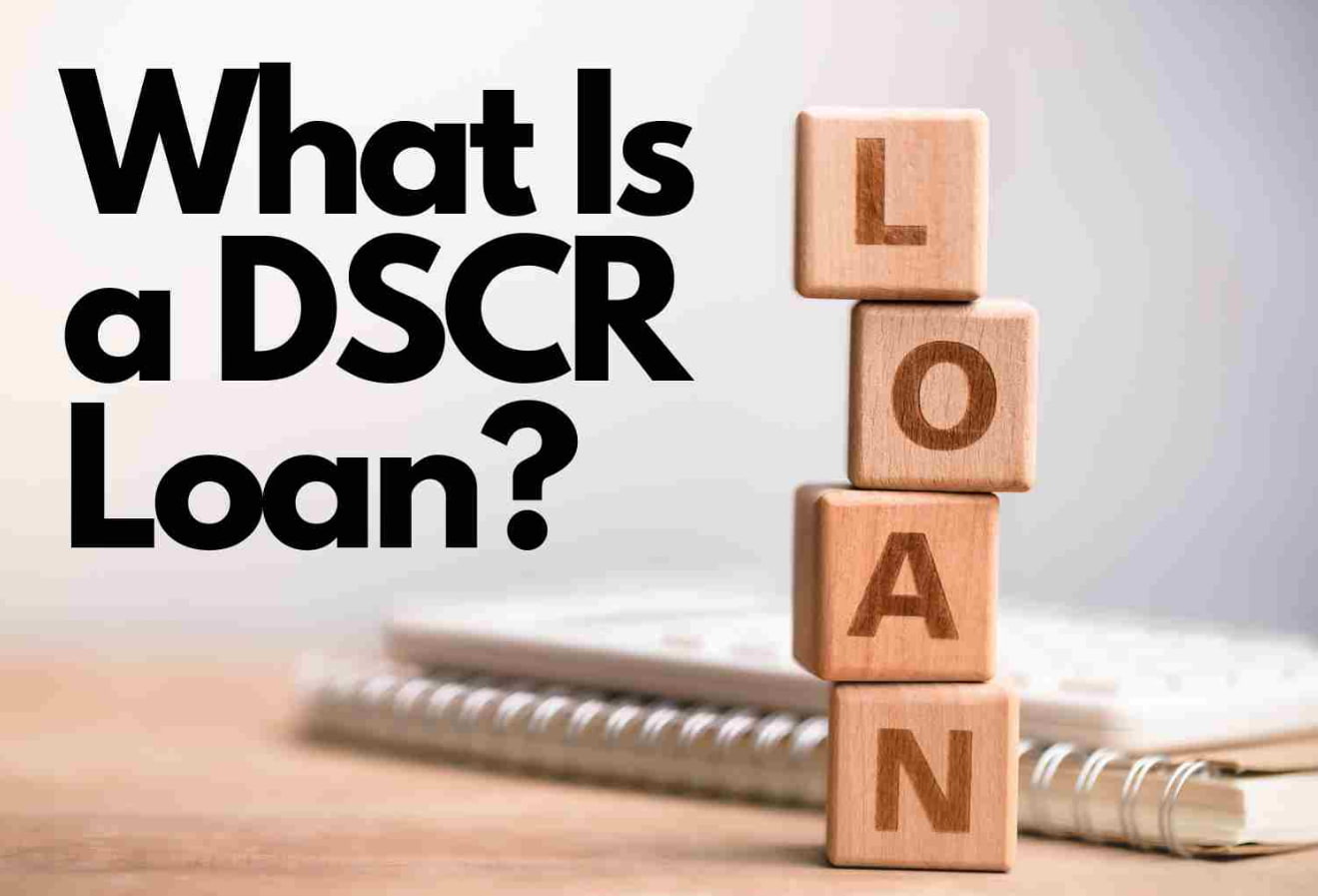Let’s explore something that, honestly, could make things easier if you’re into real estate investing. You know how frustrating it gets when traditional lenders keep hitting you with strict requirements?
Well, there’s this type of loan that shifts the focus to the property’s income rather than your personal finances. It’s called a DSCR loan. And, really, it might be just the kind of flexible financing you’ve been waiting for.

Understanding DSCR Loans
A New Way to Look at Loans
DSCR stands for Debt Service Coverage Ratio, which is just a fancy way of saying “how much your property earns versus how much it owes.” With this loan, the spotlight shifts, you know, to how well the property’s doing.
It’s not about your income or credit score, which, let’s face it, is a relief for a lot of investors out there.
Breaking It Down
Now, here’s where it gets slightly number-heavy, but stick with me—it’s worth it. The formula goes:
DSCR = Net Operating Income (NOI) ÷ Debt Payments
Say your property rakes in about $5,000 a month after expenses, and your loan payment’s $4,000. That gives you a ratio of 1.25. That number’s kind of a sweet spot for lenders because, in their eyes, it shows the property makes 25% more than it needs to cover the loan.
Why Traditional Loans Aren’t Cutting It
They’re Really Strict
Traditional lenders often impose strict criteria based on your financial history. They’ll grill you about everything from your credit score to how much debt you’ve got, even if the property you’re buying is a total goldmine.
Smaller Loan Amounts
It’s frustrating when they put a cap on how much you can borrow based on your personal income. It’s almost like they’re ignoring the fact that the property itself could be a huge money-maker.
The Waiting Game
Additionally, the back-and-forth of approval processes. All those documents and waiting? It’s enough to make you miss out on the best opportunities.

What’s the Catch?
Of course, nothing’s perfect. DSCR loans have their quirks, and they can present certain challenges.
You’ll Need More Cash Upfront
These lenders want to see that you’re serious, so they’ll likely ask for a bigger down payment—around 25% or more. Plus, you’ll want to keep some extra funds handy for things like vacancies or surprise expenses.
Income Drops Can Be Risky
If the cash flow slows down, whether it’s from losing tenants or rental markets shifting, you may encounter financial strain. And, really, nobody wants to feel that kind of pressure.
Interest Rates? A Bit Higher
Compared to standard loans, the rates on DSCR ones tend to be, well, slightly up there. And if the property’s income just barely meets the lender’s threshold, expect to see that reflected in steeper rates.
Flexibility Takes a Hit
Some loans come with fine print—things like prepayment penalties—that can make it harder to pay off early or switch to a better deal.
Why People Still Go for It
Despite those bumps in the road, there are some really good reasons why investors keep turning to DSCR loans.
It’s All About the Property
No need to stress about showing pay stubs or explaining your income. The focus is squarely on the property’s potential, making this option super appealing for those who, say, run their own business or have less traditional earnings.
Faster Than the Usual Grind
Lenders here care about a smaller set of numbers, so the process tends to move along much quicker. That’s definitely a plus when you’re trying to snap up a hot property.
Bigger Opportunities
Because the loan’s tied to the property’s cash flow, you’re often looking at a chance to borrow more—way beyond what a traditional loan would offer.
Better ROI Potential
This part’s huge. A DSCR loan lets you keep more of your money in your pocket while still investing in properties that pay you back. This enables portfolio growth while maintaining financial reserves.
| Parameter |
Description |
|---|---|
| What is a DSCR Loan? | A loan focused on property income rather than the borrower’s personal income or credit score. |
| DSCR Formula | DSCR = Net Operating Income (NOI) ÷ Loan Payments |
| Advantages | – Focuses on property performance – Fewer personal requirements – Faster approval process |
| Disadvantages | – High down payment (25% or more) – Risk of income fluctuation – Higher interest rates |
| When It’s a Good Fit | – Property generates consistent income – Comfortable with a larger down payment – Prepared to handle short-term risks |
| Steps to Secure a DSCR Loan | 1. Find the right lender 2. Gather documents like income statements and lease agreements 3. Ensure the property meets DSCR requirements (typically 1.25 or higher) 4. Review terms and sign the contract |
| Why Choose It? | – Enables investment in income-generating properties – Allows higher borrowing limits – Potential for better return on investment |
Is a DSCR Loan Really a Good Fit for You?
Ask yourself a few things:
- Does your property consistently pull in decent rental income?
- Are you ok with putting down a bigger chunk of cash upfront?
- Can you handle it if the property’s income dips for a bit?
If you’re nodding along, then, honestly, this type of loan could be a smart move for you.
Steps to Lock It Down
- Scout Out the Right Lender
Not every bank or lender offers DSCR loans, so look for one that’s experienced with real estate deals. - Get Your Paperwork Together
Things like rental income statements and lease agreements will come in handy. - Know Your Numbers
Make sure your property hits the lender’s DSCR minimum—usually 1.25 or higher. - Double-Check the Details
Watch for things like rates, prepayment clauses, and down payment requirements. - Seal the Deal
Once approved, you’re good to go—just sign and start planning your next investment!
The Takeaway
So, look, if you’re in the game of real estate and want a way to grow without all the red tape of traditional loans, a DSCR loan could be, let’s say, the right key to open up new doors. Yes, you’ll face higher upfront costs and some risks, but for income-generating properties, the benefits can outweigh the downsides.
At the end of the day, it’s all about making sure the numbers stack up and finding a lender who gets it. With the right setup, your next property might just be closer than you think.





